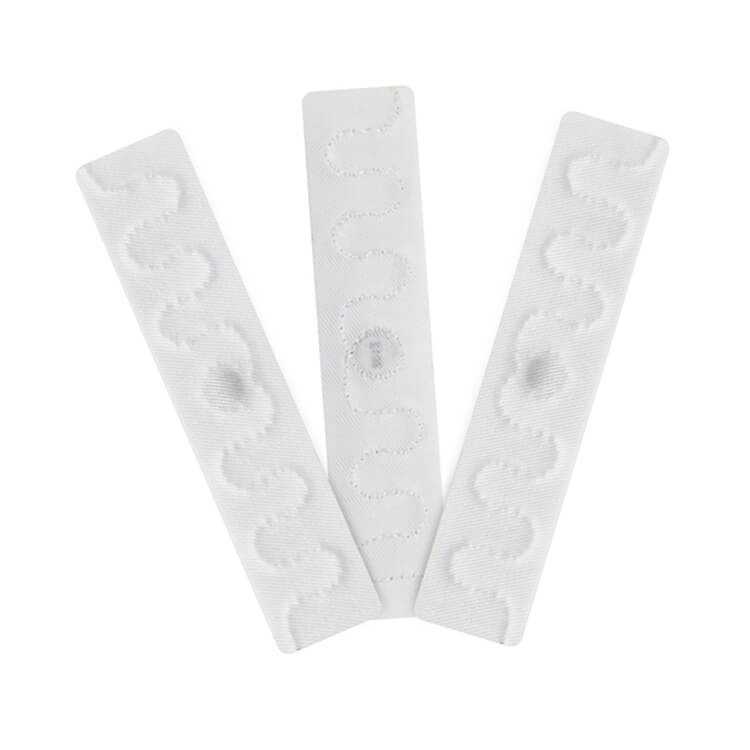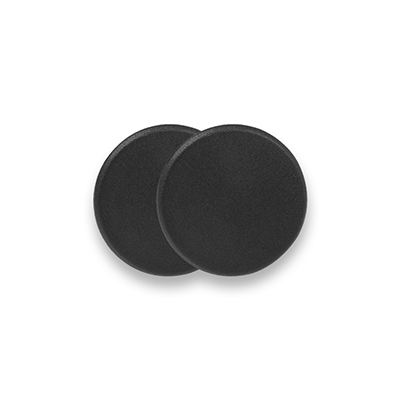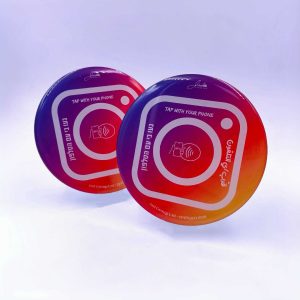In the realm of RFID technology, the choice between ICODE SLIX2 and ICODE SLIX can significantly impact the efficiency and performance of various applications. Let’s dive into a detailed comparison between these two chips to provide you with the insights needed to make an informed decision.
Introduction
When it comes to RFID chips, ICODE SLIX2 and ICODE SLIX are two prominent contenders manufactured by NXP Semiconductors. Both chips offer unique features and capabilities, catering to diverse industry needs. In this comprehensive comparison, we’ll delve into the specifications, features, and applications of each chip to help you determine which one best suits your requirements.
Background
ICODE SLIX:
- Belongs to NXP’s ICODE family.
- Older than NXP’s NTAG series.
- Features an 8-byte UID and a memory retention specification of 50 years.
ICODE SLIX2:
- A newer variant within the ICODE family.
- Contains numerous feature enhancements, reflecting advancements in RFID technology.
Memory and Features
ICODE SLIX:
- User Memory: 112 bytes.
- Max URL Length: 90 characters.
ICODE SLIX2:
- User Memory: 320 bytes.
- Max URL Length: 250 characters.
Technical Specifications
Both chips operate at 13.56 MHz and have a strong ScanStrength.
ICODE SLIX2:
- Chip Thickness: 120 μm.
- Data Transfer Rate: 53 kbit/s.
- Data Retention: 50 years.
- Write Endurance: 100,000 cycles.
- Standard: ISO/IEC 15693.
- Release Date: 2016.
ICODE SLIX:
- Chip Thickness: 120 μm.
- Data Transfer Rate: 53 kbit/s.
- Data Retention: 50 years.
- Write Endurance: 100,000 cycles.
- Standard: ISO/IEC 15693.
- Release Date: 2010.
Recommendations
ICODE SLIX2:
- Offers more memory and features, suitable for applications requiring greater capacity.
- Ideal for scenarios demanding extensive data storage and processing capabilities.
ICODE SLIX:
- Remains a reliable choice, especially if extended memory retention lifespan is required for specific applications.
- Well-suited for use cases where basic RFID functionality suffices.
In summary, both ICODE SLIX2 and ICODE SLIX have their merits, and the choice between them depends on your specific use case and memory requirements. By understanding the differences and capabilities of each chip, you can make an informed decision that aligns with your needs.
Remember, the world of NFC chips is continually evolving, and these tiny silicon wonders play a crucial role in our connected lives!
Want to Learn More? Visit our website for in-depth insights into RFID technology and related topics.
Unlock the potential of RFID technology with our comprehensive solutions!
| Feature | ICODE SLIX | ICODE SLIX2 |
|---|---|---|
| Brand | NXP | NXP |
| Chip Series | ICODE | ICODE |
| NFC Forum | Type 5 | Type 5 |
| Total memory (bytes) | 128 bytes | 312 bytes |
| User Memory | 112 bytes | 320 bytes |
| Max URL Length | 90 characters | 250 characters |
| UID (bytes) | 8 | 8 |
| Chip Thickness | 120 μm | 120 μm |
| Data Transfer Rate | 53 kbit/s | 53 kbit/s |
| Data Retention | 50 years | 50 years |
| Write Endurance | 100,000 cycles | 100,000 cycles |
| Standard | ISO/IEC 15693 | ISO/IEC 15693 |
| ECC signature | N | Y |
| 32-bit password | Y | Y |
| UID ASCII mirror | N | N |
| Scan Counter | N | Y |
| Counter ASCII mirror | N | N |
| Lockable | Y | Y |
| Release Date | 2010 | 2016 |
















